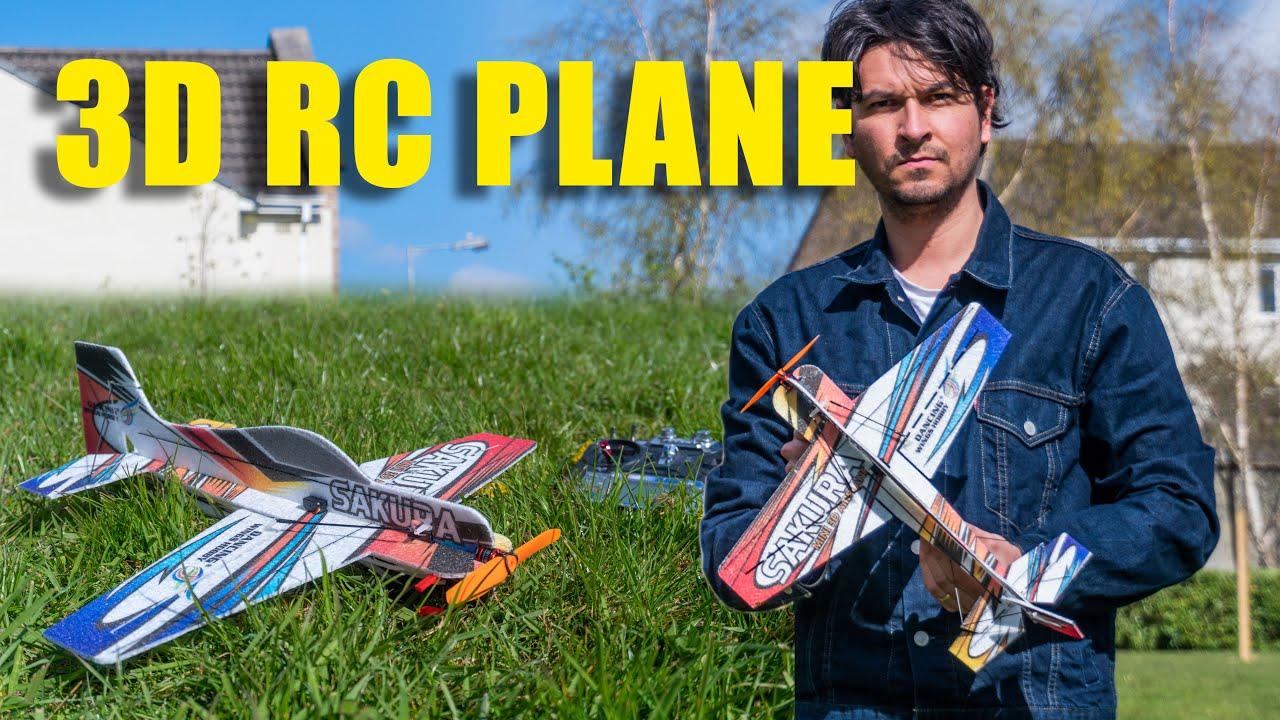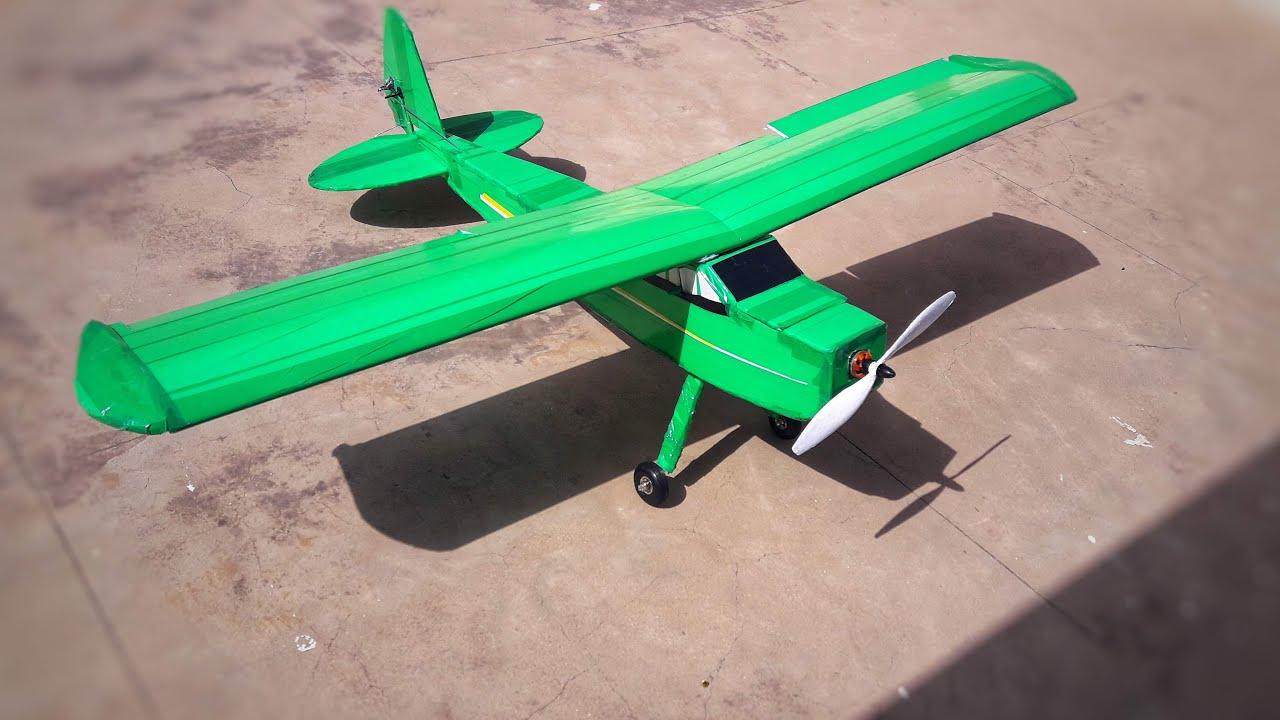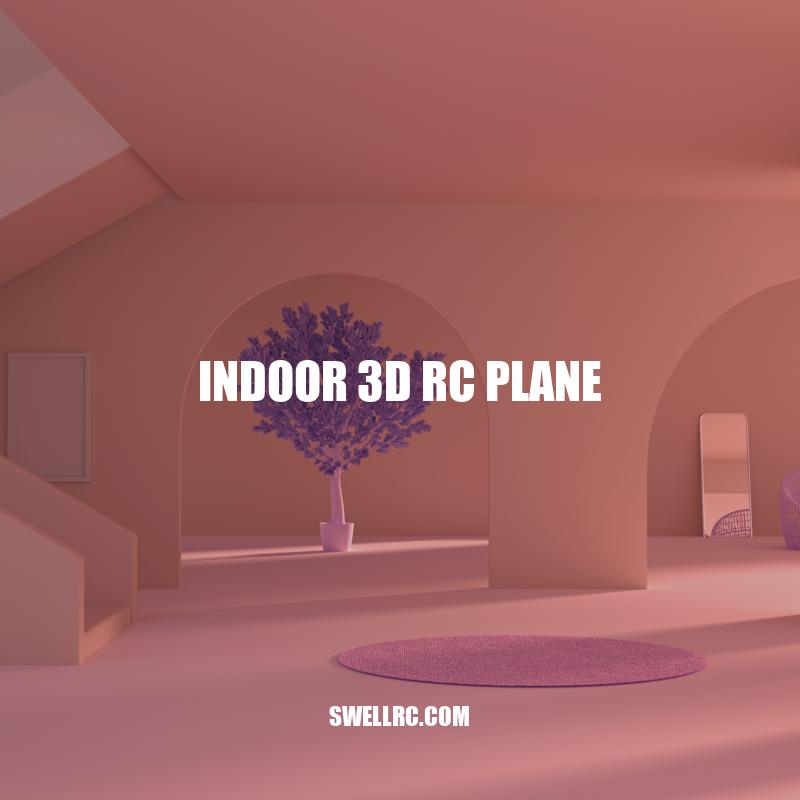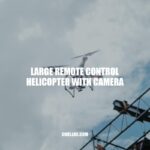Indoor 3D RC Planes: Versatile, Agile, and Exciting for Remote-Controlled Flying
Remote-controlled planes have been a popular hobby for many years. But indoor 3D RC planes bring a new dimension to the pastime. These little planes are designed for flying indoors, which opens up a whole new range of possibilities for pilots seeking to hone their skills. Indoor 3D RC planes are incredibly versatile and agile, making them perfect for performing stunts and tricks that are impossible with larger planes. Their small size also means that they can be flown in small spaces, allowing pilots to practice their flying skills in tight quarters. They are also less likely to cause damage to property or injure people if they crash.
Indoor 3D RC planes: Tiny, agile, and perfect for performing stunts.
Indoor 3D RC planes are incredibly versatile and agile, making them perfect for performing stunts and tricks that are impossible with larger planes. Their small size also means that they can be flown in small spaces, allowing pilots to practice their flying skills in tight quarters. They are also less likely to cause damage to property or injure people if they crash. Here are some more benefits of indoor 3D RC planes:
- Some indoor 3D RC planes come with built-in stabilizers that make them easier to fly, even for beginners.
- The planes come in a range of shapes and sizes, from tiny micro planes to larger models that are over a foot long.
- Indoor 3D RC planes can be purchased at hobby shops, toy stores, and online retailers such as Amazon and Walmart.
- Some popular brands of indoor 3D RC planes include E-flite, FMS, and HobbyZone.
Additionally, indoor 3D RC planes are a great way to connect with other RC plane enthusiasts. There are many online forums, social media groups, and YouTube channels dedicated to the hobby. These resources offer a wealth of information about indoor 3D RC planes, including tips and tricks for flying, maintenance advice, and product reviews. Whether you’re a seasoned pilot or a beginner, the indoor 3D RC plane community is a welcoming and supportive place to learn and grow.

What are some benefits of flying indoor 3D RC planes?
Benefits of flying indoor 3D RC planes include practicing and developing flight skills, performing stunts and tricks in a controlled environment, and avoiding weather-related flying restrictions.
A new trend in indoor 3D RC plane flying: the use of cameras and lights.
A new trend in indoor 3D RC plane flying is the use of tiny cameras mounted on the planes. This allows pilots to record their flights and share them with others. Some pilots even use first-person view (FPV) systems that allow them to see what their plane sees as they fly it. This gives them a unique perspective and adds to the excitement of flying an indoor 3D RC plane. Here are some interesting facts about cameras on indoor 3D RC planes:
- Some indoor 3D RC planes come with built-in cameras, while others require an attachment.
- The quality of the camera footage can vary greatly depending on the setup. High-end cameras can record in 4k resolution, while others may only capture video in 720p.
- The use of cameras on indoor 3D RC planes has led to the rise of online communities dedicated to sharing and watching footage of indoor flights.
- One popular website for sharing indoor 3D RC plane videos is YouTube. A search for “indoor 3D RC plane” yields over 75,000 results.
In addition to cameras, some indoor 3D RC planes also come equipped with LED lights. These lights can be used for night flying or just to add a cool visual effect. The table below shows a few examples of indoor 3D RC planes and their prices. Of course, there are many other options available, and the best choice will depend on your skill level and flying preferences.

What are some benefits of using first-person view (FPV) systems in indoor 3D RC plane flying?
Some benefits of using first-person view (FPV) systems in indoor 3D RC plane flying are improved visibility, better control, and a more immersive flying experience.
Indoor 3D RC planes are also becoming increasingly popular for indoor racing events. These competitions typically involve a timed course with obstacles and challenges for the pilots to navigate. The goal is to complete the course as quickly as possible while performing impressive stunts and tricks along the way. The popularity of indoor 3D RC plane racing has led to the creation of leagues and tournaments, where pilots can compete with others and showcase their skills.
One of the most popular indoor 3D RC plane racing events is the Tiny Whoop Invitational. This annual competition brings together the best pilots from around the world to race their custom-built Tiny Whoop drones through an indoor course. The event is live-streamed online, attracting viewers from around the globe.
The emergence of indoor 3D RC plane racing has also led to advancements in drone technology. As pilots continue to push the limits of what is possible with these tiny planes, manufacturers are developing new designs and features. This has created an exciting environment for hobbyists and professionals alike, as they work to improve their skills and compete at a higher level.
In conclusion, indoor 3D RC planes are an exciting new development in remote-controlled flying. From their versatile flying capabilities and ability to record flights through in-flight cameras to their use in indoor racing competitions, these little planes offer endless possibilities for pilots. Whether used for fun or competition, indoor 3D RC planes are sure to provide hours of entertainment and challenge for enthusiasts. As the popularity of these planes continues to grow, so does the potential for new advancements and opportunities in the world of remote-controlled flying.



